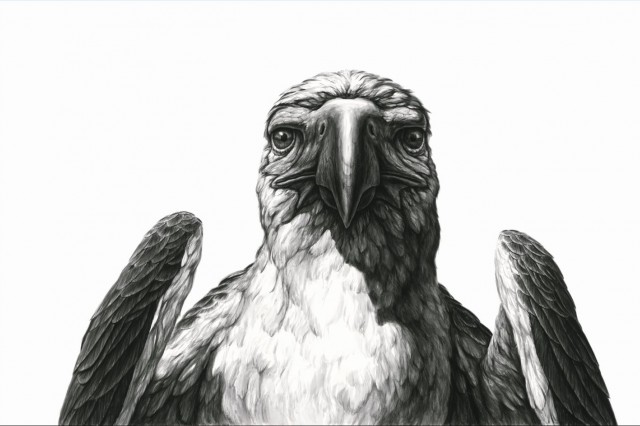
Meet Teratorn, the Largest Bird Found at La Brea Tar Pits
The teratorn was undoubtedly big, but was it a big vulture or something else?
Exhibitions
Discover more
The exceptionally rare fossil skull of a new bird species from the Age of Dinosaurs reveals that avian skulls achieved their recognizably modern shape using archaic structures—an unexpected but stunning example of parallel evolution—while also unearthing a missing link in the long evolutionary history of the bird brain.